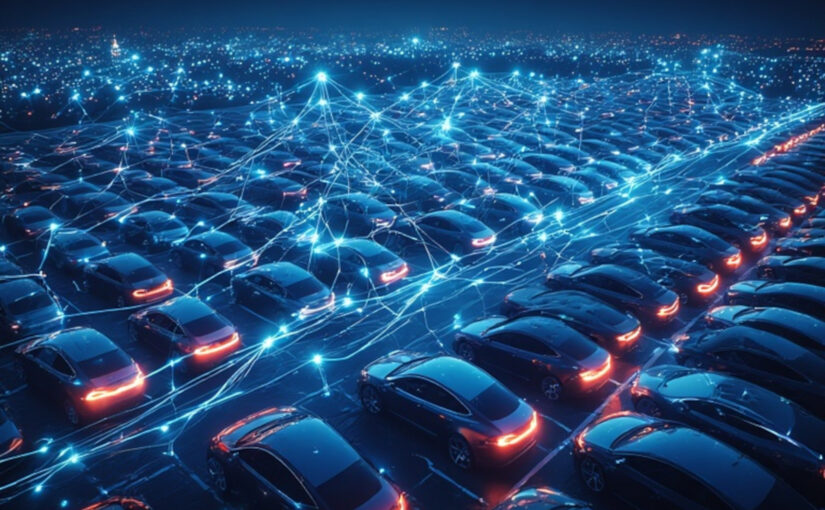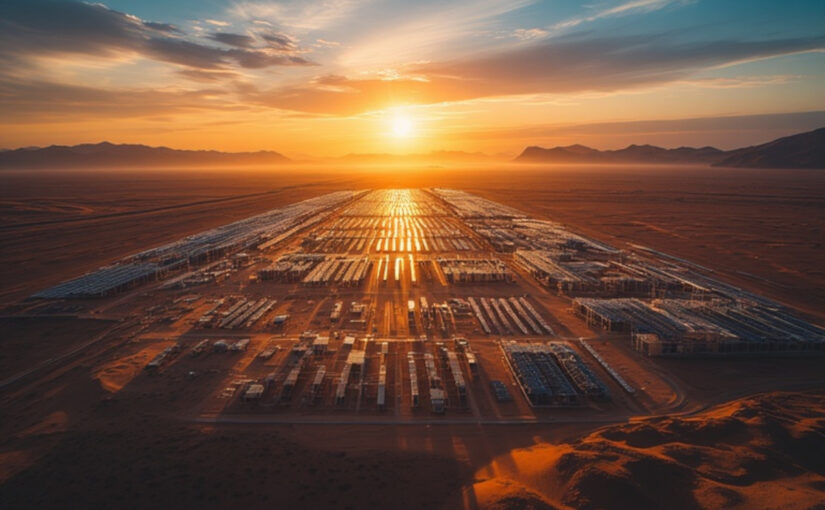In the whirlwind of Tesla’s Q3 Earnings Call, Elon Musk dropped a concept that feels straight out of science fiction. Amid discussions on revenue, robotaxis, and the usual suspects, he mused about idle Tesla vehicles moonlighting as AI powerhouses. His words capture the offhand brilliance that defines him: “Actually, one of the things I thought, if we’ve got all these cars that maybe are bored, while they’re sort of, if they are bored, we could actually have a giant distributed inference fleet and say, if they’re not actively driving, let’s just have a giant distributed inference fleet. At some point, if you’ve got tens of millions of cars in the fleet, or maybe at some point 100 million cars in the fleet, and let’s say they had at that point, I don’t know, a kilowatt of inference capability, of high-performance inference capability, that’s 100 gigawatts of inference distributed with power and cooling taken, with cooling and power conversion taken care of. That seems like a pretty significant asset.”
Continue reading Elon Musk’s “Bored” Cars: The Rise of Tesla’s Distributed AI Fleet?Category: Energy Storage
Tesla’s New Solar + Powerwall Lease: A Game-Changer for US Households
Powering homes with clean, renewable energy has long meant facing a hefty upfront bill that deterred countless families from adopting solar. On October 2, 2025, Elon Musk and Tesla Energy shattered that barrier by announcing a groundbreaking leasing program for solar panels and Powerwall batteries. This Tesla solar lease 2025 initiative revives a model Tesla had sidelined in favor of outright sales and loans, aiming to make affordable solar energy USA a household norm by slashing barriers and bundling in comprehensive support. As utility bills climb and climate concerns mount, this move could turbocharge solar adoption, empowering middle-income families to embrace energy independence.
Continue reading Tesla’s New Solar + Powerwall Lease: A Game-Changer for US HouseholdsCalifornia’s Battery Boom: Powering the Golden State’s Green Revolution
In the sun-drenched landscapes of California, a quiet revolution is unfolding. The state, long a pioneer in renewable energy, has ramped up its commitment to battery energy storage systems with investments approaching $10 billion over the next decade. This surge comes amid ambitious goals to achieve 100% clean electricity by 2045, driven by policies like the California Energy Commission’s strategic plans and federal incentives from the Inflation Reduction Act. Recent announcements highlight multi-gigawatt-hour projects funded through public-private partnerships, underscoring a shift from fossil fuel reliance to a resilient, renewable-powered grid. As wildfires intensify and climate demands grow, these batteries promise to store excess solar and wind power, releasing it when the sun sets or winds calm. California’s bet on storage is not just about energy; it is a blueprint for sustainable progress in a warming world.
Continue reading California’s Battery Boom: Powering the Golden State’s Green RevolutionUK’s AI Boom Stalls Due to Insufficient Power Supply
In the rolling hills of Oxfordshire, where ancient stone villages once stood as quiet guardians of England’s pastoral charm, a new kind of colossus is rising. Vast warehouses hum with the relentless whir of servers, their cooling fans battling the heat generated by artificial intelligence models crunching petabytes of data. This is no ordinary industrial sprawl; it is the front line of Britain’s digital gold rush, where tech giants like Google and Microsoft are racing to build data centers that power the next era of AI innovation. Yet, beneath the promise of a tech utopia, a stark reality looms: the UK’s creaking power grid cannot keep up with this voracious demand for electricity, threatening to dim the lights on what was meant to be a glittering AI revolution .
Continue reading UK’s AI Boom Stalls Due to Insufficient Power SupplyIron vs. Lithium: The Billion-Dollar Race to Own the Future of Grid Storage
On a sweltering summer day in Texas in 2022, solar panels across the state absorbed peak sunlight, generating record power as temperatures topped 110 degrees Fahrenheit. Yet as evening descended, air conditioners surged nationwide, demand spiked beyond capacity, and the grid triggered emergency alerts, with rolling brownouts affecting over 2 million customers in Houston alone to avert a full collapse. These blackouts, echoing the chaos of the 2021 winter storm that racked up $80 billion to $130 billion in economic losses from widespread outages, reveal the fragility of current storage systems in handling renewable intermittency. This vulnerability fuels a quiet revolution in energy storage, centered on a fierce competition between established lithium-ion batteries and emerging iron-air technology, led by startups like Form Energy. Their “100-hour batteries” threaten to disrupt the multi-trillion-dollar clean energy sector, compelling leaders like Tesla and CATL to reassess their stronghold.
Continue reading Iron vs. Lithium: The Billion-Dollar Race to Own the Future of Grid StorageDecentralized Storage: Power, Politics, and Profit
The Factory That Never Flickers
Imagine a sprawling automotive factory in Austria, humming along during the harsh winter’s peak demand period. The grid surges and prices spike. Yet production never stalls. The secret isn’t a magic wand; instead, it’s a web of distributed batteries nestled nearby, drawing and releasing energy in tune with industrial rhythms. These batteries, owned and orchestrated by a nimble startup, provide a buffer and a bargain, turning grid stress into industrial opportunity.
Continue reading Decentralized Storage: Power, Politics, and Profit

